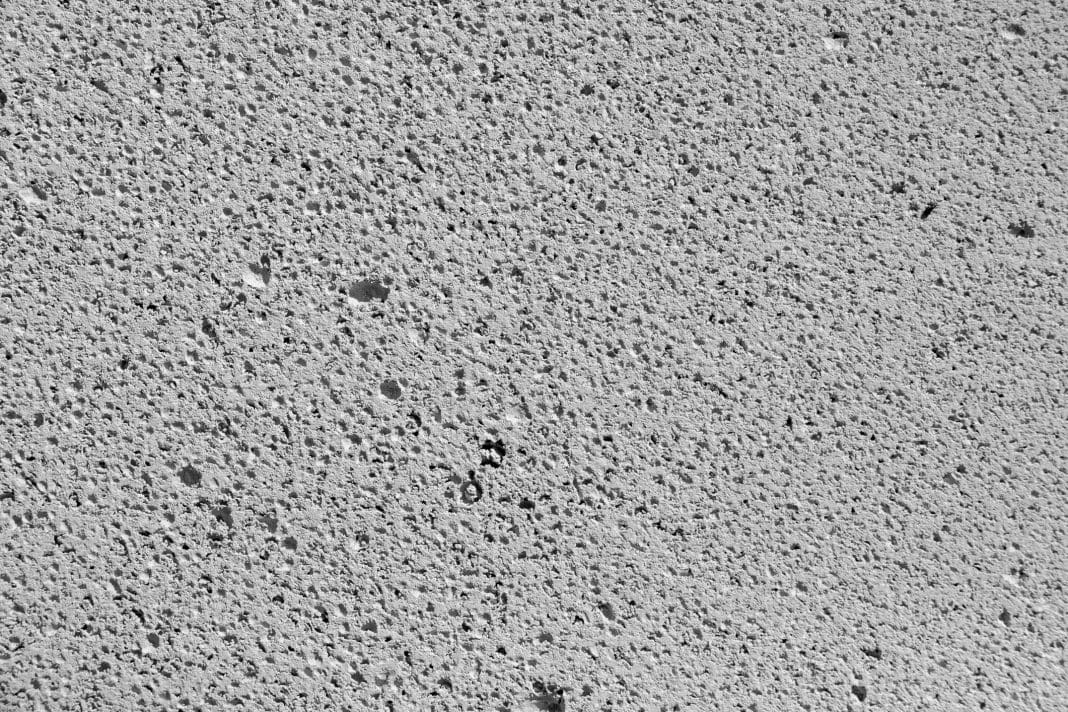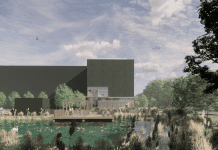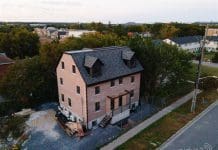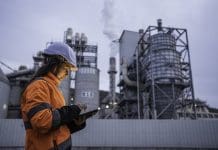Temporary classrooms installed in place of RAAC-affected buildings in Bradford have been given permission to stay for up to two years
In late August, parts of Eldwick Primary School and Crossflatts Primary School were shut after the discovery of Reinforced Autoclaved Aerated Concrete (RAAC).
In order to keep the schools open, temporary portable classrooms were installed.
According to the BBC, the Department for Education submitted planning applications for the temporary classrooms to be retained ‘for at least two years’.
What is RAAC, and why is it dangerous?
Reinforced Autoclaved Aerated Concrete (RAAC) is a lightweight material used mostly in flat roofing between 1950 to the 1990s.
Despite being cheaper than standard concrete and easier to install, RAAC is less durable and only has a lifespan of around 30 years.
The Health and Safety Executive has warned that RAAC is now beyond its lifespan and could ‘collapse with little or no notice’.
In light of this, the Department for Education (DfE) ordered schools to immediately close school buildings made with RAAC until the proper safety precautions were undertaken.
The temporary classrooms are to be gone by December 2026
Commenting on the extension of the temporary classrooms to stay for up to two years, the DfE said: “We seek approval (for the temporary classrooms) for up to two years, after this time students and staff will return to the school buildings and the Portakabin building removed from site.”

















